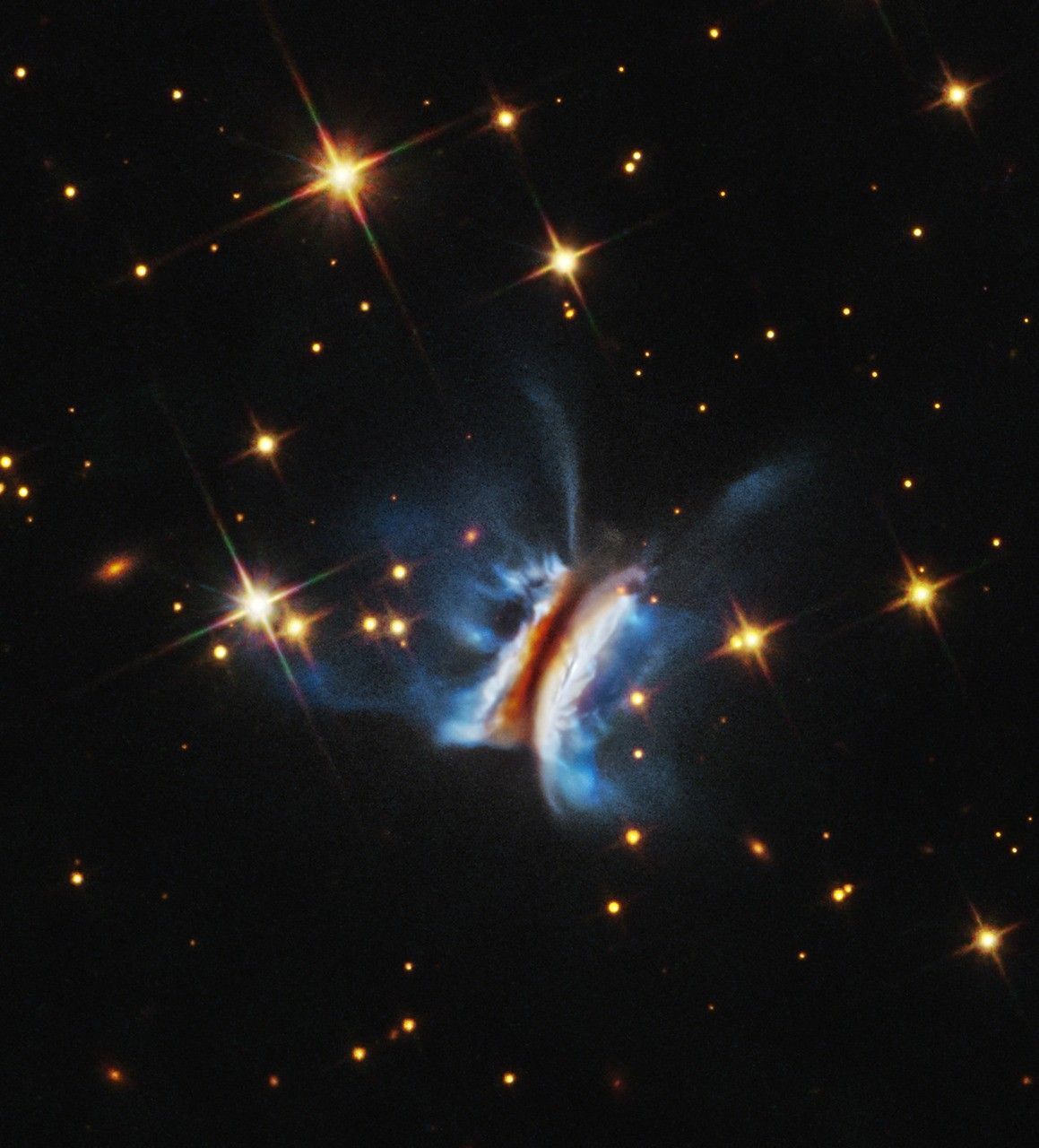NASA released a report by the Mars Architecture Strategy Working Group (MASWG) Nov. 17, detailing its findings aimed at steering planetary science toward a progressive new path for the next exciting era of Mars exploration.

“We share the excitement surging through the science community, appreciate the hard work of the MASWG, and look forward to decadal recommendations for Mars exploration in the coming decade,” said Lori Glaze, director of NASA’s Planetary Science Division (PSD) at the agency’s Headquarters in Washington.
While no decisions have been made as to how the agency might implement recommendations outlined in the report, Glaze acknowledges that the future of Mars exploration is at a critical juncture.
The report offers a deep-dive review of PSD’s science and mission requirements, emphasizing the need for a Mars exploration strategy that feeds forward on key science and technology objectives with emerging cross-cutting capabilities to enable missions for the next decade and beyond.
“As the Mars Sample Return campaign moves forward and into the next decade, and as more spacefaring nations and commercial partners emerge, our understanding of the Martian environment will become wider and deeper,” said Michael Meyer, lead scientist for NASA’s Mars Exploration Program. “We’re on the cusp of profound advances in deep space exploration that will initiate the shift from robotic to human exploration of Mars.”
Formed by PSD in fall 2019, partially in response to the National Academies of Sciences, Engineering, and Medicine (NASEM) mid-decadal analysis, the MASWG’s report calls out five high-level recommendations to strengthen NASA’s Mars Exploration Program (MEP):
- The MASWG analysis stands behind current plans for Mars Sample Return (MSR), agreeing that moving forward will drastically advance our understanding of Mars, which was a key objective outlined in the previous decadal survey.
- The report advocates for missions that address crucial science objectives at Mars, beyond MSR, which would leverage a wide range of technically feasible missions across all classes. The MASWG further recommends that attention should be focused on achieving additional high-priority science objectives, while developing technologies required going forward.
- The report suggests that missions and instruments should be openly competed where possible, and that clearly defined objectives are outlined when specific investigations are desired.
- The report finds that NASA should retain a programmatically distinct MEP for the next phase of exploration at Mars, stating that, “NASA should institute mission or budget lines that can allow Mars-specific missions, from small spacecraft through New Frontiers class missions, to be strategically integrated into a program, with specific missions chosen and implemented as appropriate for the science to be achieved.”
- Finally, the report acknowledges that a robust MEP requires affordable access to numerous locations on the Martian surface, as well as affordable longstanding orbiters. The report stresses that early investments by NASA in small spacecraft will help advance rapidly evolving technologies and procedures and allow the agency to work with international and commercial partners to deliver capabilities to Mars at lower costs.
The future of Mars exploration, the report states, needs a focused program that prioritizes imperative science objectives. The program should use a full range of mission class sizes, leverage new technical capabilities, and incorporate the talent and capabilities of all NASA directorates, international and commercial partners in bold new ways.
“We feel the architecture strategy we presented would yield an effective and suitably independent MEP through PSD,” said Bruce Jakosky from the University of Colorado, MASWG chair. “The strategy we outlined would continue our decades-long pattern of fundamental discoveries at Mars in high-priority areas of solar system exploration.”
To read the full report, go to:
https://mepag.jpl.nasa.gov/reports/MASWG%20NASA%20Final%20Report%202020.pdf
-end-
Media contacts:
Grey Hautaluoma / Alana Johnson
Headquarters, Washington
202-358-0668 / 202-358-1501
grey.hautaluoma-1@nasa.gov / alana.r.johnson@nasa.gov
































